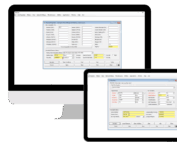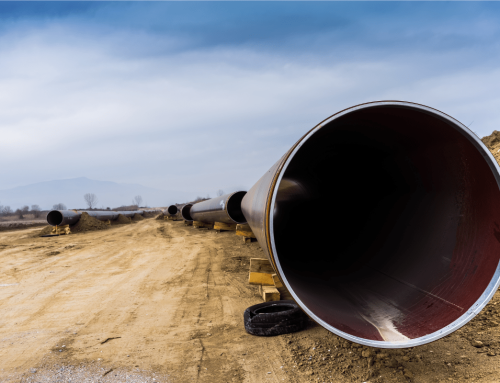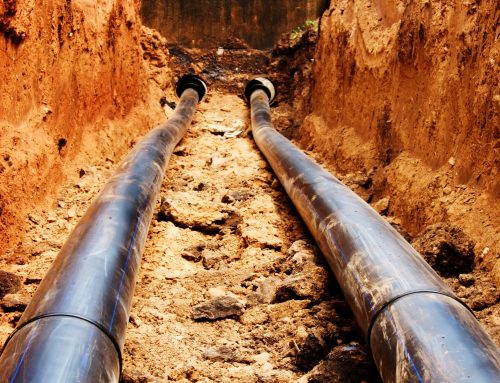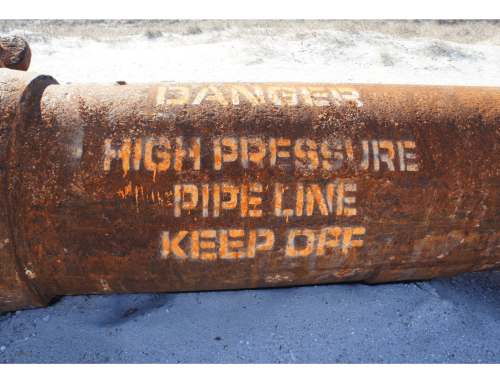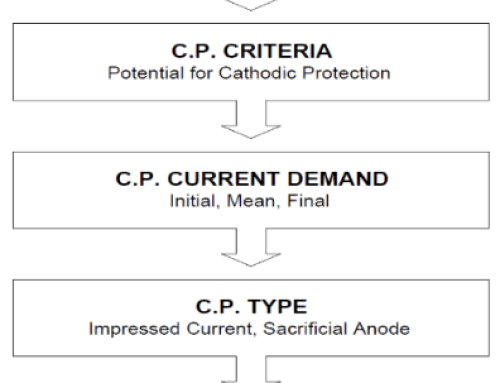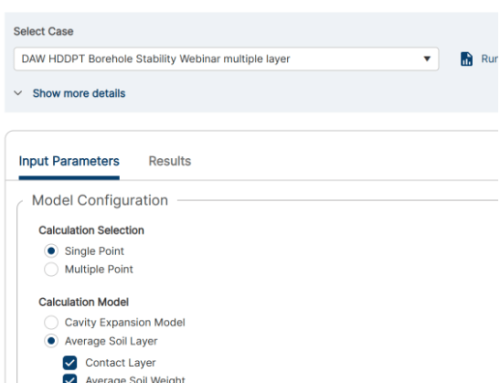Simplify Trenchless Pipelaying
By Amirali Panjwani
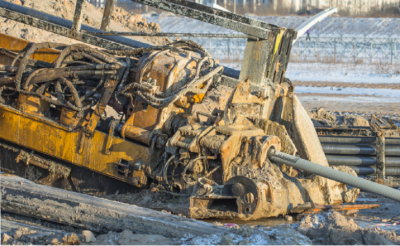
What is Horizontal Directional Drilling?
Trenchless pipelaying methods are becoming increasingly popular as the pipeline infrastructure continues to expand. One such method of trenchless pipelaying is Horizontal Directional Drilling (HDD). When a pipeline is required to be laid across highways, rivers, railroads, etc., horizontal directional drilling (HDD) is oftentimes the method of choice to bypass these challenging obstacles.
HDD is the method of using a drill rig with a rotating drill string attached to drill rods and a cutting head that digs underneath these otherwise difficult structures to create a path for the pipeline. Proximity to buildings, entry and exit feasibility, geographical anomalies, and steepness of slopes are all variables that can impact the length and depth of a borehole. If done incorrectly, a failure in the field can be detrimental to both the financial and reputational liability of the asset owner.
To mitigate these risks, it is important for asset owners, engineering design teams, and contractors in the field to choose HDD software that uses accurate tools and calculations to determine the proper angles, entry and exit points, borehole stability, etc.
Selecting a Horizontal Directional Drilling Software
Software is often used to estimate and plan the path of the bore and the mechanical stresses on the pipe. When choosing HDD software, it is important to examine multiple factors such as speed, accuracy, reliability, and automation that may impact the engineering team. Since analysis for HDD projects can range from simple drill plans to more complicated drill plans with potentially different in and out elevations and multiple deviations, HDD software should not only be able to run the simple calculations but also be able to manage the advanced designs with multiple bends and angles. Accuracy is another key factor when considering HDD software as it can minimize excavation complexity and lower the cost of pipeline installation, along with advanced borehole stability to prevent borehole collapse or washout.
Benefits of Automation in HDD Software
Automation in HDD software reduces the risk of manual data entry errors and time spent searching through physical documents.
- Spreadsheets may have been the original preferred method for recordkeeping and data storage, but the increasing number of projects and complexity are changing the outlook on spreadsheets.
- Spreadsheets often require complex formulas, which can become obsolete with the departure of the original developer, and manual entry, which creates added risk to accurate data.
- With new compliance regulations for pipelines, such as the PHMSA Mega Gas Rule, automated software is a far superior tool than spreadsheets to achieve compliance with these guidelines.
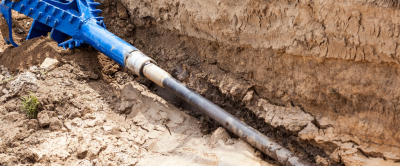
Why Use HDD PowerTool?
The Technical Toolboxes Horizontal Directional Drilling PowerTool (HDDPT) provides a comprehensive solution to guide in the design validation, engineering, and installation phases of horizontal drilling. With HDDPT, the drilling efficiency and borehole stability can be maximized by identifying fluid characteristics and mud requirements, minimizing unnecessary costs and risks.
Pipeline engineering teams can use HDDPT for oversight to validate third-party designs and plans. Using advanced industry knowledge, HDDPT allows for complex borehole design, multi-section horizontal and vertical bends, and variable entrance/exit points while also performing pull force and installation stress analyses for both polyethylene and steel pipes. GIS mapping provides a visual representation of pipeline assets and automated elevation profiles. HDDPT is not only designed to support both gas and liquid pipelines; it can also support the calculations for installing cables and conduits as well.
The Horizontal Directional Drilling PowerTool fully integrates into the Pipeline HUB to create a centralized data repository shareable across teams and automated reports to fulfill TVC (traceable, verifiable, complete) documentation.
Conclusion
For more information regarding this blog topic, please join us for our training on “Horizontal Directional Drilling for Pipelines Feasibility Workshop”.

Why API Inspections Still Matter More Than Ever
Why API Inspections Still Matter More Than Ever By Kesley Price In an industry [...]
How Utility Teams are Standardizing Pipeline Calcs
How Utility Teams are Standardizing Pipeline Calcs By Kesley Price Engineering teams working in [...]
GASCalc and GASWorkS are Now Part of Technical Toolboxes
GASCalc and GASWorkS are Now Part of Technical Toolboxes We are pleased to announce that Technical Toolboxes has acquired the [...]



